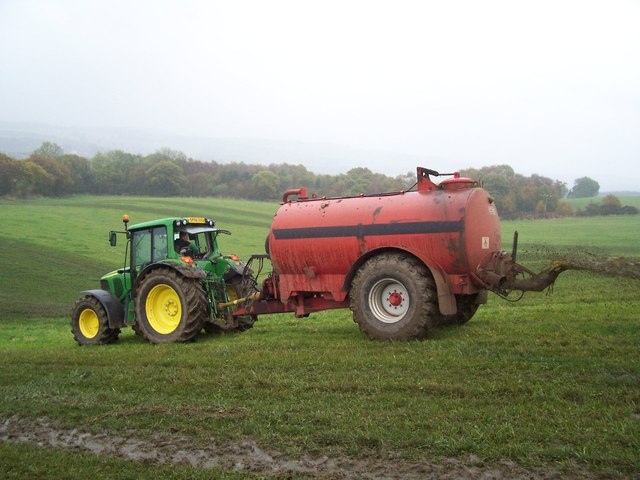Disclaimer: Product, coverage, insurance terms, definitions and other descriptions are intended for informational purposes only and do not in any way replace or modify the definitions and information contained in individual insurance contracts, policies, and/or declaration pages from Nationwide-affiliated underwriting companies. Such products, coverages, terms, and discounts may vary by state and exclusions may apply.

If you are joining us now, you must have made it through Part 1! If not, we highly suggest you pop over to Part 1 before continuing to read through Part 2. It will help this some what complicated topic to not be quite so confusing. Done reading part 1? Great! Let’s continue with Part 2 of Farm Pollution Coverage. Just to review, Part 1 was all about Chemical Application, Storage, Non-Auto Transportation. So what is Part 2 all about? Part 2 focuses purely on Limited Farm Pollution Liability Coverage. What does Limited Farm Pollution Liability Coverage protect? Why do you need this coverage for your farm operation? How can it protect you? To simplify this as much as possible, Limited Farm Pollution Liability Coverage will provide limited Bodily Injury and Property Damage coverage, by replacing the pollution exclusion in the Farm Liability Coverage Form.This is NOT limited to sudden and accidental losses. However, it does not cover clean-up expenses and it is NOT intended for Chemical Application. These two things pick up coverage from Part 1 or Part 3. Part 2 also has Optional Waste Coverage available. If you choose to select this, it also provides liability coverage for tanks and equipment (including underground) if exclusively used for the movement or temporary storage of manure. Now that you have read all the information behind Part 2 think about it. Let us know what questions you have and how we can help you decipher your current coverage. Stay tuned for Part 3!